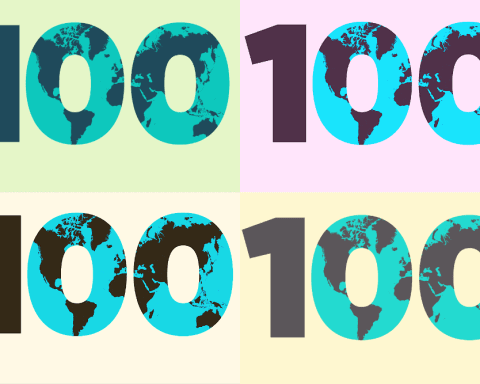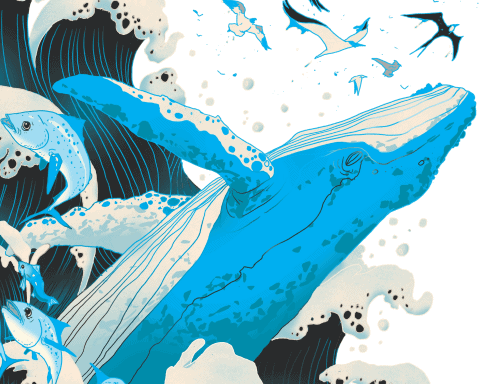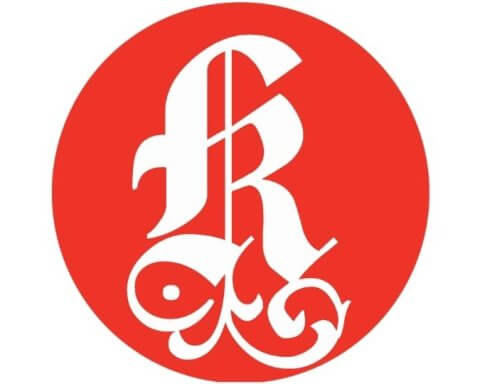Few companies can claim to be more at the heart of the energy transition than this year’s Corporate Knights Global 100 most sustainable company, Vestas Wind Systems.
Although the Danish company has roots going back more than a century, the Vestas brand is a mere 75 years old. The firm was once a global leader in hydraulic cranes, but it is now the world’s largest wind turbine manufacturer, responsible for almost a fifth of global installed wind power capacity.
“Through our solutions, Vestas supports the global energy system with avoiding millions of tonnes of carbon emissions every year,” says CEO Henrik Andersen.
The multinational has tentacles around the globe. In the U.S. and Canada alone, Vestas has 40,000 megawatts (MW) installed and employs more than 7,000 people in the manufacturing, installation and servicing of onshore and offshore wind turbines. In December, the Danish firm secured another 235 MW order in Illinois and began installing Europe’s most powerful offshore turbine yet, in the North Sea off the Scottish coast. Once completed it will be Scotland’s largest renewable energy project, generating around 5,000 gigawatt hours (GWh) of renewable energy annually.
“To build a truly sustainable future, however, we must do more,” says Andersen. Since 2020, the company has taken a step further, with a new, more holistic global sustainability strategy, which it calls Sustainability in Everything We Do. The strategy has four pillars: reducing its carbon footprint, circularity, people, and the energy transition.
Some of the company’s emissions will be more challenging to tackle than others: it has committed to reducing its Scope 3 emissions (those beyond its direct energy use and operations) by 45% by 2030. More than half the firm’s emissions in its supply chain come from its use of steel, principally for turbine towers. Steel is one of the most carbon-intensive materials to produce, and Vestas is in “active and intensive dialogue with its steel suppliers to address this,” says Lisa Ekstrand, head of sustainability at Vestas.
“To build a truly sustainable future, we must do more.”
–Vestas CEO Henrik Andersen
“We’re talking to them to explore how we can work together to accelerate the decarbonization of steel. Many steelmakers have targets, but they are too long-term. We need things to happen faster if we are to meet our own carbon reduction targets. One answer may be for us to be part of the solution by providing them with green hydrogen produced using our turbines.”
When it comes to circularity, however, steel is almost the perfect material, being easily and infinitely recyclable. About 85 to 90% of a wind turbine is recyclable. The real challenge is the remaining 10 to 15%, comprising the blades, which can be longer than the wing of a Boeing 747. The wind industry has been criticized for failing to recycle old turbine blades. “These are challenging because they are made of composite materials, so we have a number of projects looking at how we can recycle them, and how we can develop blades designed to be circular from the start,” says Ekstrand.
One three-year development project is looking at how to separate the blades’ ingredients into carbon fibre and epoxy resin. Once you do that, you can use chemical recycling to break the resin down into its constituent chemicals. “It’s an exciting project because no one has managed to do it yet,” Ekstrand explains.
The focus is not just on recycling, though. Vestas also plans to increase the efficiency of its materials efficiency and cut waste in half by 2030. “We need both carbon reduction and a strong circular ambition to address the entire value chain,” Ekstrand stresses.
The company aims to be producing zero-waste turbines by 2040 and to become carbon neutral in its own operations by 2030, without using carbon offsets. It plans to decarbonize its service vehicle fleet by requiring all new vans to be electric or use renewable fuels by 2025. It’s also slashing emissions at its factories by phasing out natural gas heating systems.
Given its business, it is no surprise that Vestas was in the top quartile for clean revenue, clean investment, energy and greenhouse gas productivity, and water productivity.
On diversity and inclusion, it also scored well in terms of non-male representation in the boardroom and the C-suite. “Diversity and inclusion is a broad topic, and currently our focus is on increasing the number of women in leadership positions,” says Ekstrand, adding that just 14% of Vestas’s employee base is female. The company hopes to have women in 25% of its leadership positions by 2025, 30% by 2030.
But at the heart of the company’s sustainability efforts are the wind turbines it is famous for, and Vestas wants them not just to deliver zero-carbon power but to be low-carbon products themselves.
“We have talked to our customers about how much they value this, and how much they are willing to pay for it, because being frontrunners comes at a premium,” says Ekstrand. “There has been a big shift. I see a lot more demand from customers for lower-carbon products, more waste reduction and circularity. It is one of the reasons we have focused on this.”
The company, already a giant in the world of clean energy, has even bigger plans for the years to come, including next year installing and testing the world’s tallest and most powerful wind turbine, a prototype 15 MW offshore device that will reach 280 metres into the air and be capable of producing 80 GWh of power a year, enough to power approximately 20,000 European homes.
Mike Scott writes about business, finance, clean energy and sustainability.




